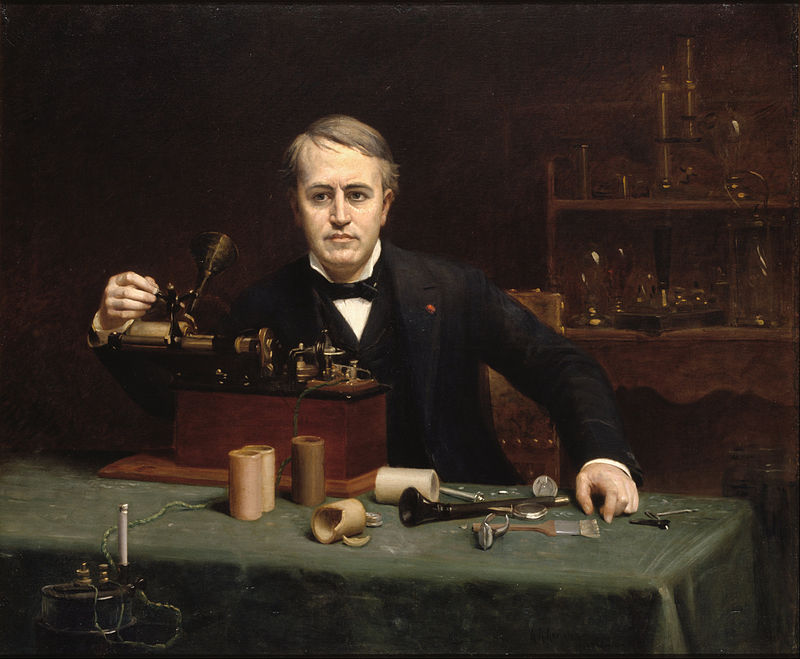January 19, 1883, a significant date in history, marks the day when Thomas Edison launched the first electric lighting system using overhead wire. This groundbreaking moment took place in Roselle, New Jersey and marked a pivotal transformation in the electrification of modern life, paving the way for widespread electric power distribution.
Edison’s invention came from his relentless pursuit of practical and accessible electric lighting:
- Building on earlier innovations, such as the work of Humphry Davy and Joseph Swan, Edison turned his attention to creating systems for power delivery in 1879 after perfecting the incandescent light bulb.
- The Roselle installation was a prototype designed to demonstrate that electric lighting could replace gas lamps for both homes and businesses.
- For the first time, electricity was delivered via wires strung along poles, a design still used today.
- Another revolutionary discovery was a single generating station powered an entire area, establishing the principle of centralized electric supply.
- The system lit homes, a church, and even the local railway station, showcasing its broad potential.
The Impact of Edison’s Innovation
The Roselle project proved that electric lighting wasn’t just a laboratory novelty but a practical solution for everyday life. This practicality is evident in the fact that cities worldwide invest in electric lighting infrastructure, and it has spurred industrial economic growth and transformed urban life by extending productive hours and improving safety.
Edison’s vision for a connected, electrified world laid the foundation for the global power grids we rely on today. His work has had a profound impact on a global scale, shaping the way we live and work.

